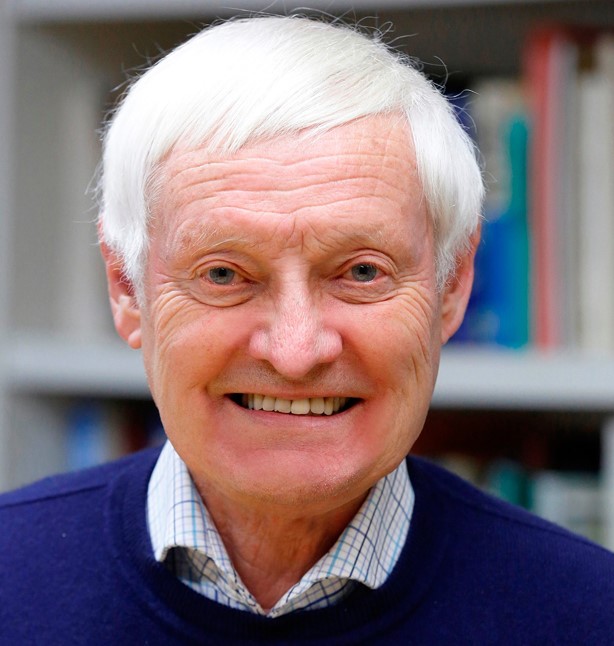
搜索网站、位置和人员

新闻与活动 活动信息
西湖名师论坛第245期 | Joachim Frank: Time-resolved Studies of Molecular Machines by Cryo-EM
时间
2024年10月28日(周一)
上午 9:45~10:30
地点
西湖大学云栖校区5号楼一楼报告厅
主持
西湖大学校长、结构生物学讲席教授 施一公
受众
全体师生
分类
学术与研究
西湖名师论坛第245期 | Joachim Frank: Time-resolved Studies of Molecular Machines by Cryo-EM
时间:2024年10月28日(周一)上午 9:45~10:30
Time:9:45-10:30 AM, Monday, Oct 28, 2024
地点:西湖大学云栖校区5号楼一楼报告厅
Venue: Lecture Hall, 1F, Building 5, Yunqi Campus
主持人:西湖大学校长、结构生物学讲席教授 施一公
Host: Yigong Shi, President, Chair Professor of Structural Biology, Westlake University
主讲人/Speaker:

Joachim Frank
2017 Nobel Prize in Chemistry
Professor,
Department of Biochemistry and Molecular Biophysics & Department of Biological Sciences,
Columbia University
报告题目/Title:
Time-resolved Studies of Molecular Machines by Cryo-EM
讲座摘要/Abstract:
Cryogenic electron microscopy (cryo-EM) has transformed the way we can study biological molecules as it enables us to determine structure of molecules freely suspended in solution (as “single particles”), and to gauge the way they change their shape as they interact with one another in the cell. Freezing, by plunging the sample into a cryogen at liquid nitrogen temperature, is necessary to trap the molecules in a fixed position during imaging and to reduce the damage inflicted by the electrons in the process. Following the introduction of novel cameras for detecting single electrons, near-atomic resolution has been achieved for many molecules and molecular machines of biomedical relevance, including ion channels and receptors. Most recently cryo-EM has contributed in major ways to the development of vaccines and cures for COVID-19.
The standard protocol of cryo-EM does not allow visualization of reactions since the time for sample deposition on the grid and blotting is in the range of several seconds. To study the process of a reaction, as it goes through one or more short-lived intermediates, we have developed a method of time-resolved cryo-EM. Here two reactants are mixed in a microfluidic channel, allowed to react for a defined time (between 10 and 1000 milliseconds), and the reaction product sprayed onto the EM grid as the latter is being plunged into the cryogen. With this approach we have been able to visualize short-lived states of the ribosome in different stages of its work cycle making proteins. Applications in the study of many other molecular machines are possible.
讲座联系人/Contact:
科技合作部 Sci-tech02@westlake.edu.cn

















